Subscribe to get our FREE
GOLD IRA GUIDE
Understanding the Benefits of a Gold IRA: A Comprehensive Guide
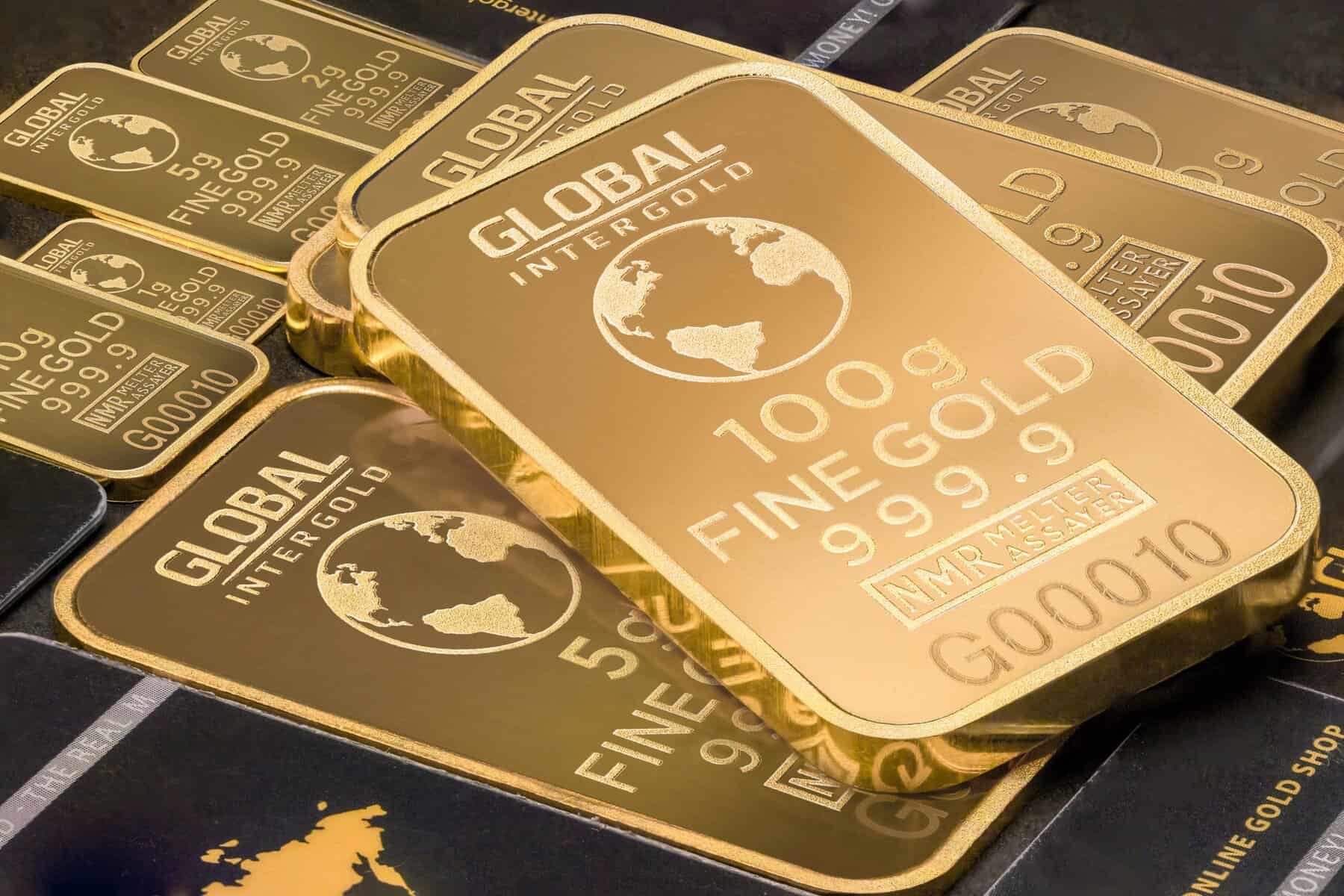
Investing in a Gold IRA offers numerous benefits that can secure your retirement portfolio.
This investment vehicle, allows you to include physical gold or other precious metals in your retirement plan, offering unique benefits such as protection against inflation and market volatility.
Investing for retirement is a crucial financial decision that investors have to take. After one entire life of work, knowing where our hard-earned money are stocked could potentially change the quality of our sleep at night.
This is the reason why, diversifying one’s investment portfolio can significantly influence the outcomes and can make the difference between a constant and secure financial position, and an uncertain one. Consequently, among various investment vehicles, Precious Metals Individual Retirement Accounts (IRAs) have gained popularity during the last years, due to the constant global changes and financial crisis.
The politics in the USA has never been in the past so unstable as it is today, therefore, many investors are starting to be afraid and the less and less open to take risks.
Precious Metals IRAs allow investors to include physical metals like gold, silver, platinum, and palladium in their retirement savings, ensuring a tangible investment in physical goods instead of paper assets that consist of numbers in a computer.
Here in this article, we will explore the advantages, the disadvantages and the benefits of investing in Gold IRA, drawing on insights from various financial experts and investment guides.
Top Benefits of a Gold IRA Explained
What is a Gold IRA?
A Gold IRA is a self-directed retirement account that allows individuals to invest in physical gold, silver, platinum, and palladium. Unlike traditional IRAs, which typically include paper assets like stocks, bonds, and mutual funds, a Gold IRA offers tangible access to physical goods, that can provide a hedge against economic instability, global crises and inflation.
In fact, precious metals like gold are more immune to the effects of inflation. Giving you an example, in 1929, the price of gold was fixed by the U.S. government at $20.67 per troy ounce. Given that one kilogram equals approximately 32.15 troy ounces, the price of one kilogram of gold in 1929 was about $665.75.
As of today, the current price of gold is approximately $77,930 per kilogram. This significant increase reflects both the historical stability of gold as a valuable asset and the effects of inflation and market dynamics over the past century. The purchase power of gold has been growing up during the years, and it is more immune to the effects of inflation. Gold and precious metals are often immune to the stock markets variations.
As said already in this article, events like Covid-19 or the Russo-Ukrainian war made the price of gold raising, especially when the stock market experimented losses.
Considering the inflation again, In 1929, with $25 you could afford a new suit, or you could feed your entire family for one week at the grocery store. Today $25 can barely buy one dinner. This is because of the effect of inflation, effects that have been increasing the more and more along the years.
For this reason, precious metals can contain this effect, by protecting your resources. Concerning the ability for you to buy gold or other metals, the Internal Revenue Service (IRS) has specific standards regarding the purity and types of goods that can be included in these types of accounts.
History and Evolution of IRAs
The concept of Individual Retirement Accounts (IRAs) was introduced in 1974 under the Employee Retirement Income Security Act (ERISA).
The primary aim was to provide a tax-advantaged way for individuals to save for retirement. Over the years, the scope of IRAs has expanded to include various investment options. Precious Metals IRAs emerged as a popular choice after the Taxpayer Relief Act of 1997, which allowed investors to hold specific types of bullion and coins in their IRAs while diversifying their investments.
Consequently, after this act, an entire new market was born, together with a group of companies specialized in providing precious metals to IRA to their clients. Here we analyse how precious metals in an IRA work, and we will clearly expose to you the pros and cons.
How Precious Metals IRAs work
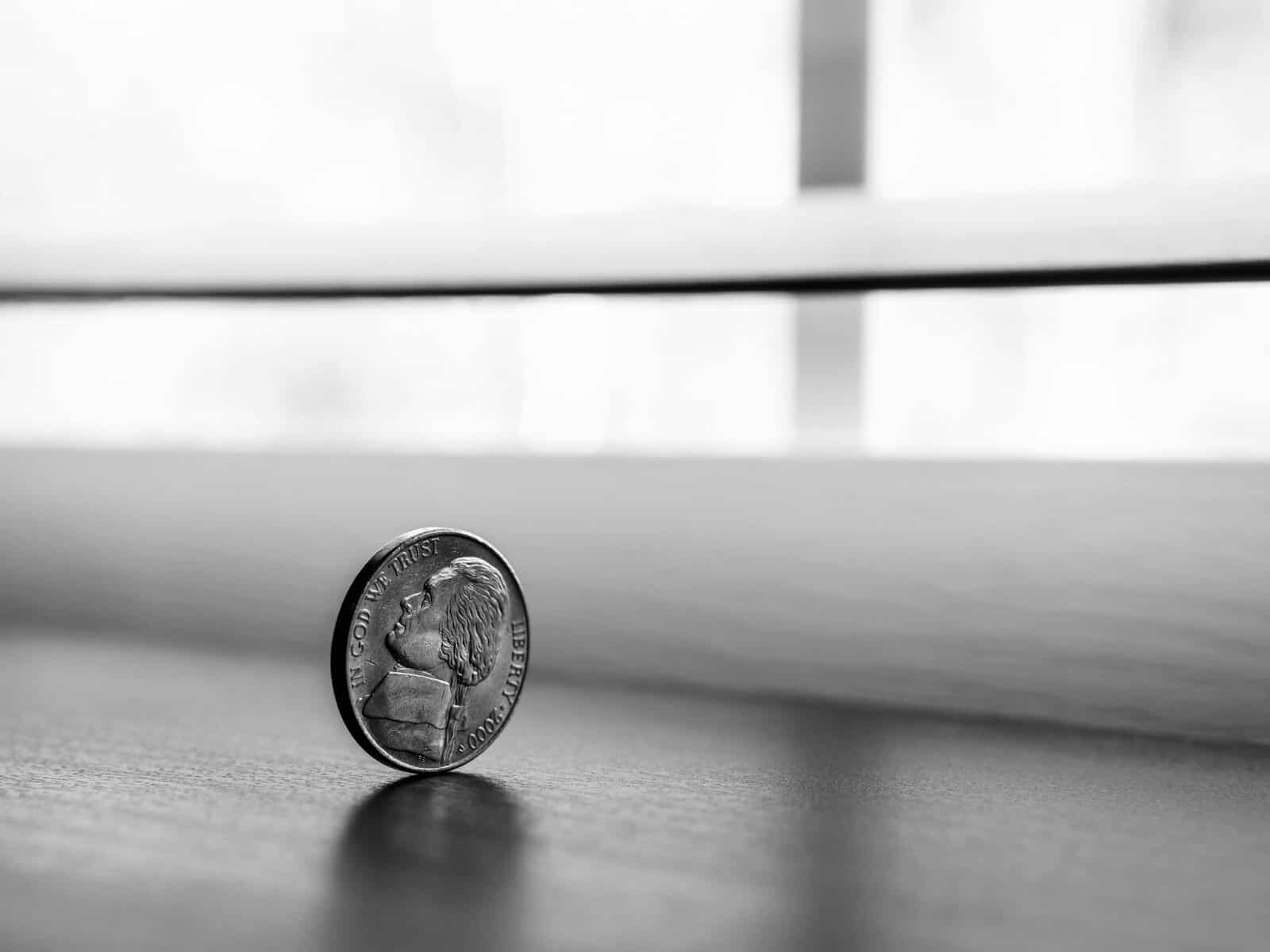
Investing in a Precious Metals IRA involves four essential steps you have to take in order to get the maximum result from your investment:
- Choosing a Custodian: A custodian is the financial institution that manages your IRA. They ensure compliance with IRS regulations while handling the administrative aspects of the account. Choosing the right custodian is crucially important, and we recommend checking their credentials and their reviews carefully before proceeding.
- Selecting a Depository: Physical metals must be stored in an IRS-approved depository to ensure their security and compliance with federal regulations. It's important to mention that you won't have access to these store, and you will never physically touch your metals. Also, holding your precious metals privately is forbidden by law.
- Buying the Metals: You can purchase metals through dealers who meet the IRS standards for purity and type. For these types of metals, there are specific rules concerning the purity and the characteristics of these materials. We have a dedicated section concerning this matter, that you can envision here.
- Managing the Account: Regular contributions, withdrawals, and required minimum distributions (RMDs) must be managed according to IRS rules. In this article, we talked in depth about the rules for rollover and transfers. You may want to have a look at it.
Understanding the Pros and Cons of Gold IRA
Now let's see together which are the main advantages of holding precious metals in your portfolio.
We enlisted here the main reasons you should consider investing a part of your savings in these types of assets.
At the end of this section, you will have a clearer idea about if you should, or you should not invest.
Precious metals investments are still for conservative investors that less available to take risks. Thus, this section will help you to identify where exactly you are located and if this type of investment is tailored for you.
1) Diversification of Portfolio
One of the primary reasons investors choose Precious Metals IRAs is for diversification. By including tangible assets in their portfolio, you can reduce overall risks due to market uncertainties. Precious metals often move inversely to paper assets. Their overall stable price provides a hedge against market volatility and, as mentioned above, from inflation. As already mentioned, during stock market downturns, precious metals prices often rise, balancing losses from other investments. This is the reason why they are a good alternative to keep into consideration during moments of instability.
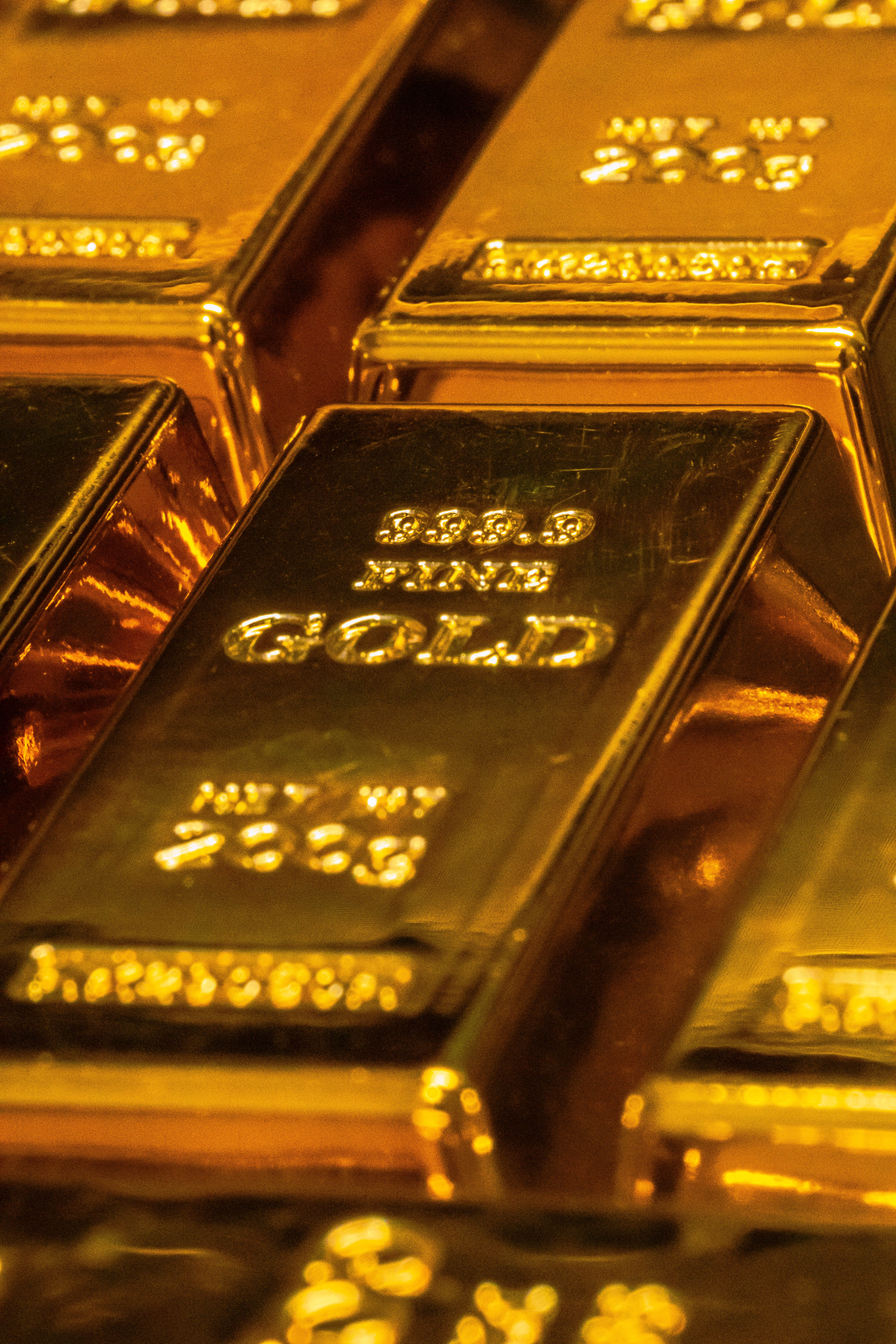
2) Protection Against Inflation
As already explained, precious metals have historically maintained their value during inflationary periods. Unlike fiat currencies, which can lose purchasing power, metals like gold and silver often appreciate, creating and inversion in the tendency, compared to paper assets. Therefore, this characteristic makes precious metals an attractive option for those looking to protect their retirement savings from the eroding effects of inflation. The benefits of a Gold IRA are evident when you consider its potential for long-term growth.
3) Safe Haven in Economic Uncertainty
During times of economic instability, investors often flock to safe-haven assets. Precious metals, particularly gold, are seen as reliable stores of value and a good alternative in these types of complex scenarios. Historical events such as the 2008 financial crisis, together with the consequent global shocks like Covid-19, have taught us that gold prices tend to increase during economic downturns, providing a cushion for investors during these calamities.
4) Potential for High Returns
While precious metals are considered a conservative investment, they also have the potential for significant returns. For instance, gold prices increased substantially between 2000 and 2011, providing substantial gains for investors who bought in earlier. The cyclical nature of precious metals markets can offer opportunities for considerable profits. As a consequence, even if precious metals don't create dividends like stocks, they can offer long-therm value compared to traditional stock market products. Precious metals can be seen as a long-therm investment that surely adds high value to investments portfolios. In this article, we talked about this phenomenon in depth. Understanding the benefits of a Gold IRA can help diversify your investments while obtaining high returns in the long run.
5) Tax Advantages
Investing in Precious Metals IRAs offers various tax benefits. Contributions to a traditional Precious Metals IRA may be tax-deductible, and the investments grow tax-deferred until withdrawal. Roth Precious Metals IRAs, on the other hand, allow for tax-free growth and tax-free withdrawals, provided certain conditions are met.
In conclusion, precious metals investments can also offer you interesting taxes advantages while providing you value and protection against economic calamities.
Disadvantages of Investing in Gold IRA
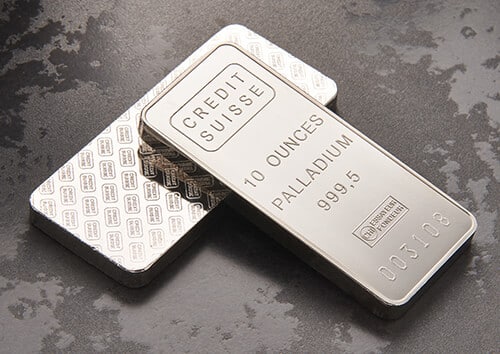
Now let's see together which are the downsides of this type of investment and why you should keep anyway your eyes opened.
1) Storage and Insurance Costs
One of the significant drawbacks of Precious Metals IRAs is the cost associated with storage and insurance. Unlike paper assets, physical metals must be stored in a secure facility, which incurs fees. Storage is a complex operation, that involves multiple layers of security and dedicated professionals, specialized in this type of delicate task. As a consequence, this will generate numerous costs due to the specific nature of the tasks involved. These costs can accumulate over time and could impact on the overall returns on investments. You must be careful in pondering these costs and take qualified advices.
2) Lack of Yield
Precious metals do not generate income like dividends or interest from stocks and bonds, at least they tend to do not generate income in the short therm. Investors rely solely on the appreciation of the metal's value, which may not always outpace other investment forms. This lack of yield can be a disadvantage for those looking for income-generating assets.
As a result, investments in precious metals are to avoid if you are looking for a short-therm benefit investment. It might take several years before you would see the actual result of your investment, and this can lead to scepticism and frustration. Again, precious metals are not recommended if you are searching for a quick scheme.
In that case, stock options or real estate can be a better investment to be taken into consideration.
3) Market Volatility
While precious metals can act as a hedge, they are also subject to market volatility. Prices can fluctuate significantly based on economic factors, geopolitical events, and changes in supply and demand. This volatility can result in periods of substantial losses, impacting the value of the investment. It must be said, tho, that the price of precious metals are on the average less fluctuant than stock market products overtime.
4) Regulatory and Compliance Risks
Investing in a Precious Metals IRA requires adherence to strict IRS regulations. Eventual failures to comply with these rules can result in penalties and taxes. Additionally, finding reputable custodians and dealers is crucial to avoid scams and fraud, which can be a risk in the precious metals market. This is the reason why we prepared an in-depth article about the best companies you must have a look at before starting to invest.
5) Limited Liquidity
Liquidating precious metals can be more complex than selling stocks or bonds. The process involves finding a buyer, shipping the metals, and ensuring compliance with IRS rules. This lack of liquidity can pose a challenge, especially in times of urgent financial need, as you might occur in penalties if you withdraw your money before the specific timelines established by the regulations. Again, this involves specific tasks and costs as a consequence, and this is an important downside to take into consideration before starting to invest.
Types of Precious Metals Eligible for an IRA
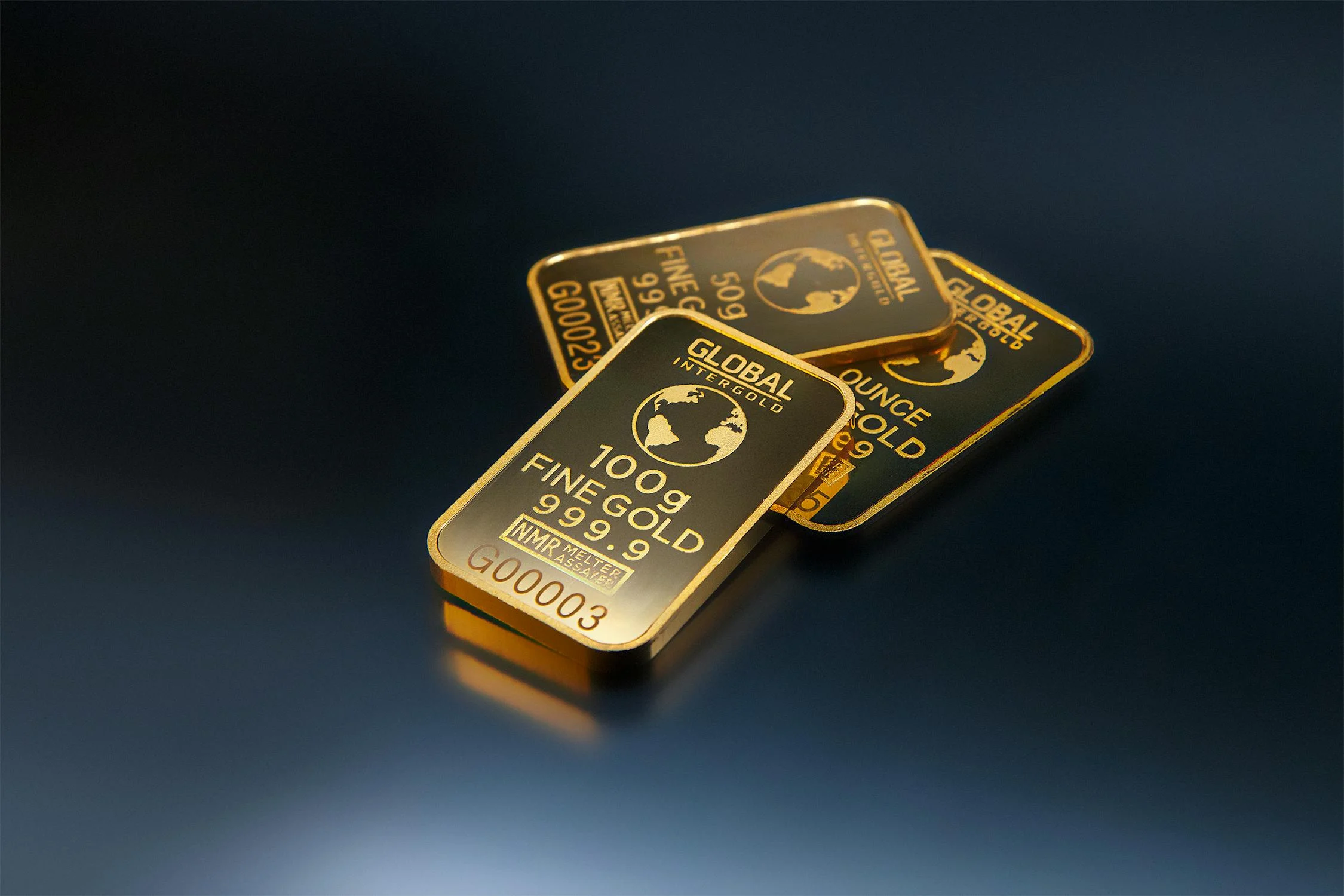
Gold
Gold is the most popular metal for IRAs, known for its historical significance and stability. It must meet a minimum fineness requirement of 0.995 to be eligible for an IRA. Common forms include American Gold Eagles, Canadian Gold Maple Leafs, and gold bars from approved refiners.
Silver
Silver is another popular choice, valued for its industrial applications and lower price compared to gold. Eligible silver must have a fineness of at least 0.999. Popular forms include American Silver Eagles, Canadian Silver Maple Leafs, and silver bars from approved refiners.
Platinum
Platinum is rarer than gold and silver, often valued for its industrial uses, particularly in the automotive industry. To be IRA-eligible, platinum must meet a minimum fineness of 0.9995. Common forms include American Platinum Eagles and bars from approved refiners.
Palladium
Palladium is less common but gaining popularity due to its industrial applications and investment potential. It must have a fineness of at least 0.9995 to be eligible for IRAs. American Palladium Eagles and palladium bars from approved refiners are typical forms.
Read more about the allowed precious metals in an IRA in this article.
Final Advice
Investing in Precious Metals IRAs offers both significant advantages and notable disadvantages. The decision to include precious metals in your retirement portfolio should be based on thorough research, a clear understanding of your financial goals, and a balanced approach to risk management.
By considering the insights and guidelines provided in this article, investors can make informed decisions and potentially enhance their retirement savings through strategic investments in precious metals. As we always recommend, our articles are for educational purposes only. Don't forget to reach a specialized, trustful consultant before taking any move. These types of investments, as mentioned, involve risks that must be taken into consideration.
In you need additional information, we recommend you visiting the IRS website.
FAQ
A Gold IRA is a self-directed individual retirement account allowing investments in physical gold and other precious metals. It offers the same tax benefits as standard IRAs but requires an IRS-approved custodian to manage the assets.
Benefits include diversification, protection against market volatility, tax advantages, and potential for long-term growth.
Eligible metals include gold (0.995 purity), silver (0.999), platinum (0.9995), and palladium (0.9995).
- Open a self-directed IRA with an IRS-approved custodian.
- Choose a reputable precious metal's dealer.
- Fund the account through contributions, transfers, or rollovers.
- Purchase IRS-approved metals to be stored in an approved depository.
You can choose between co-mingled or segregated storage in IRS-approved facilities. Offshore storage is also available.
Costs include setup fees, storage fees, and custodial fees. These can impact overall returns.
Risks include higher fees, storage limitations, counterparty risks, and opportunity costs compared to other asset classes.
Gold IRAs must comply with IRS rules regarding custodians, storage, tax regulations, and contribution limits. Early withdrawals may incur penalties.
A rollover involves moving funds from one retirement account to another within 60 days, while a transfer directly moves funds between custodians without penalties or taxes.
Consider factors such as reputation, storage options, years in business, and compliance with IRS regulations.